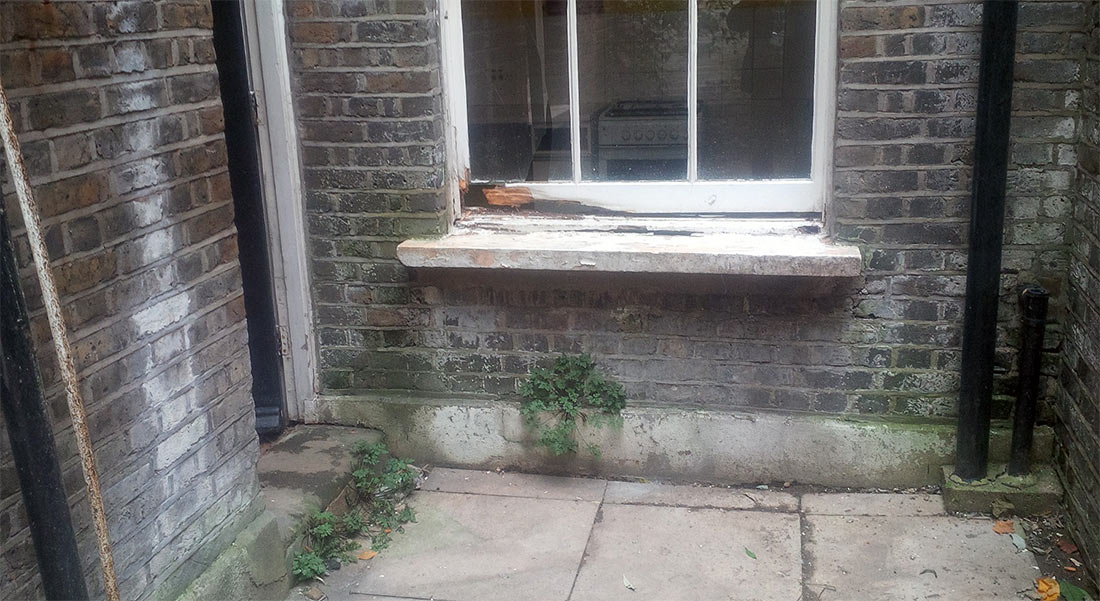What is Penetrating damp?
Penetrating damp or moisture penetration is caused by water leaking through walls, rather than rising up through them. It refers to lateral movement of moisture through building fabric.
Penetrating damp is more common in older properties that do not have cavity walls and is commonly caused by poor external maintenance - such as failed guttering, discharging overflows, roofing problems and issues with the walls such as defective pointing - or by abutting structures that have interfered with guttering and drainage systems.
When there is penetrating damp, you can see moisture penetration on internal wall surfaces, such as damp and discoloured plaster and decorations. These patches of moisture are likely to be at a higher level on external walls and they are likely to get more noticeable when it rains.
By assessing moisture patterns on the internal wall surfaces and undertaking a thorough inspection of the building, our qualified surveyors can identify the source of moisture and recommend the best solution to prevent further moisture. Remedial works may include replacing internal fabrics, as well as suitable drying out processes.
If your property is suffering from damp, it is important to establish exactly where the moisture is coming from. Our fully trained and qualified surveyors will inspect the property to establish the source of the moisture and then to advise on the best course of action to solve the problem.

Penetrating damp treatment
This information relates to the treatment of penetrating damp above ground. Where you have penetrating damp below ground, please refer to our Tanking page.
Where our surveyors find that penetrating damp is taking place it is always their first priority to identify the external source of the moisture, and where possible, provide recommendations to rectify the defect and prevent further moisture penetrating the building fabric.
Our surveyors are not sales driven, and will never recommend extensive remedial works if simple external maintenance work will resolve the problem. Our reports will outline any appropriate maintenance work that may be required – such as lowering the ground level, or repairing gutters and downpipes – alongside any remedial damp proofing works, or even when no remedial works are necessary.
When our surveyor determines that internal works are required, we will recommend the best solution to resolve the problem, including the installation of a membrane system and the use of specialist plasters.
Internal Walls
Our team of expert plasterers are experts in the application of specialist damp treatment plasters, which contain salt-retardants to prevent any future discolouration to your paint or wall finishes after the penetrating damp has been treated.
For more information on our plastering services, please refer to our Plastering page.
External walls
Where external walls are porous and rain penetration is taking place, we recommend the Stormdry masonry protective system. This improves the thermal resistance of masonry by keeping it dry and will improve the performance of cavity wall insulation by preventing water ingress through the outer brickwork.
Stormdry is a colourless, breathable, water-repellent treatment for brick, concrete and stone, which is applied to external walls and prevents further moisture from penetrating through the walls.
